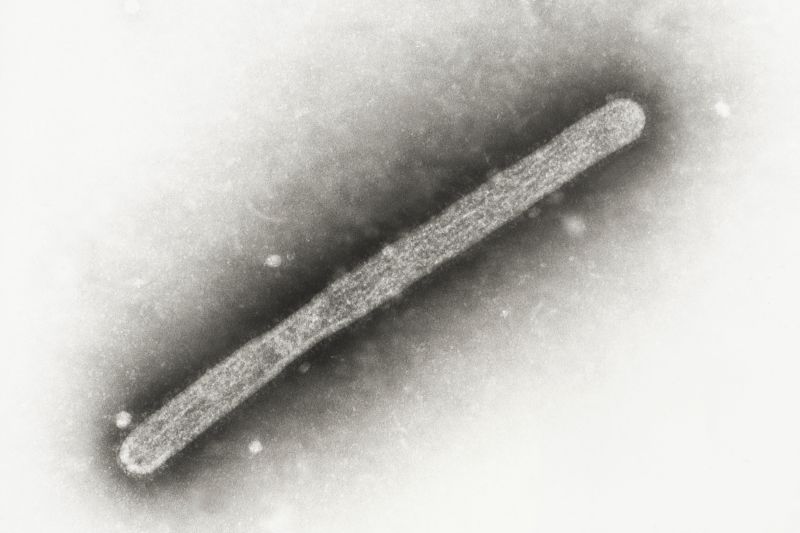A drug currently used to treat HIV has also been found to dramatically reduce the risk of infection, significantly more than the primary option available for pre-exposure prophylaxis or PrEP.
In a Phase 3 clinical trial, 99.9% of participants who took a twice-a-year injection of lenacapavir for HIV prevention did not acquire an infection, according to data from drugmaker Gilead Sciences.
There were only two cases among 2,180 patients – effectively reducing the risk of HIV infection by 96% and proving 89% more effective than Truvada, a pill taken once a day. The trial was unblinded early because it met its key endpoints, allowing lenacapavir to be offered to all participants.
“The difficulty some people can experience with taking an oral pill every day, including challenges with adherence and stigma, have hindered uptake and persistence of the standard of care for too long, thus blunting PrEP’s impact on HIV prevention,” said Onyema Ogbuagu, principal investigator for the trial and director of the Yale Antivirals and Vaccines Research Program.
“The incredible efficacy demonstrated in the PURPOSE 2 trial, the potential benefits of a twice-yearly injection, and the diversity of trial sites and participants show the impact that lenacapavir for PrEP could have for people around the world who need new choices to reduce their chances of acquiring HIV. This breakthrough adds significantly to our arsenal of tools to move us closer to achieving an AIDS-free generation.”
- Sign up here to get The Results Are In with Dr. Sanjay Gupta every Tuesday from the CNN Health team.
The PURPOSE 2 trial included cisgender men, transgender men, transgender women and gender nonbinary individuals aged 16 years or older who have sex with partners assigned male at birth. There were 88 trial sites in Argentina, Brazil, Mexico, Peru, South Africa, Thailand and the United States.
Another trial found that taking the long-acting injectable lenacapavir as pre-exposure prophylaxis can provide total protection against HIV acquisition in women, demonstrating 100% efficacy among young women and adolescent girls Africa in trial data published in July.
It’s a “significant breakthrough in HIV prevention,” according to a news release from the World Health Organization in July.
Gilead said it will use these trial data to start the drug approval process in multiple countries by the end of the year. It plans to prioritize authorization in high-incidence, low-resource countries, according to the company.








